Public and private space symbiosis in the theatre of contemporary dance
Old Riga, Latvia, year 2013
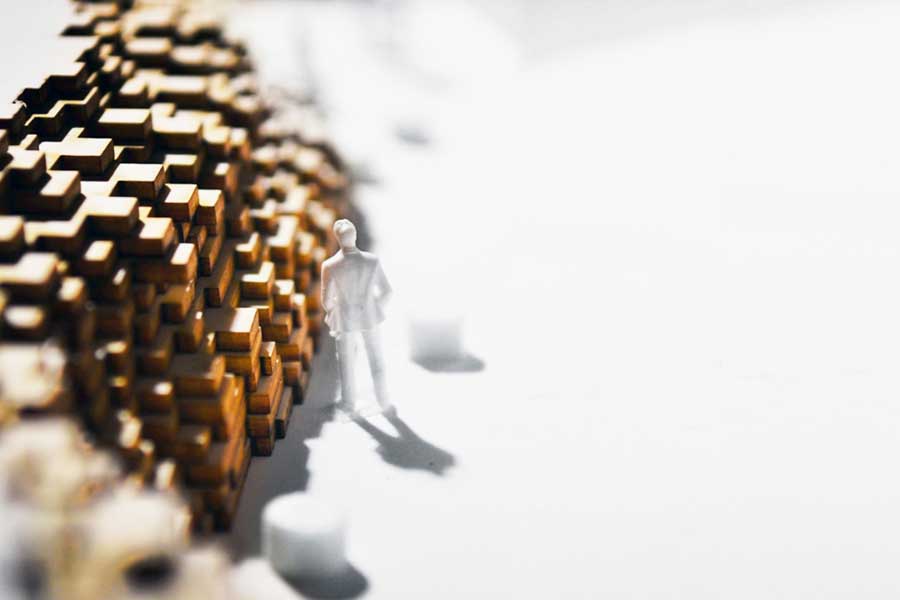
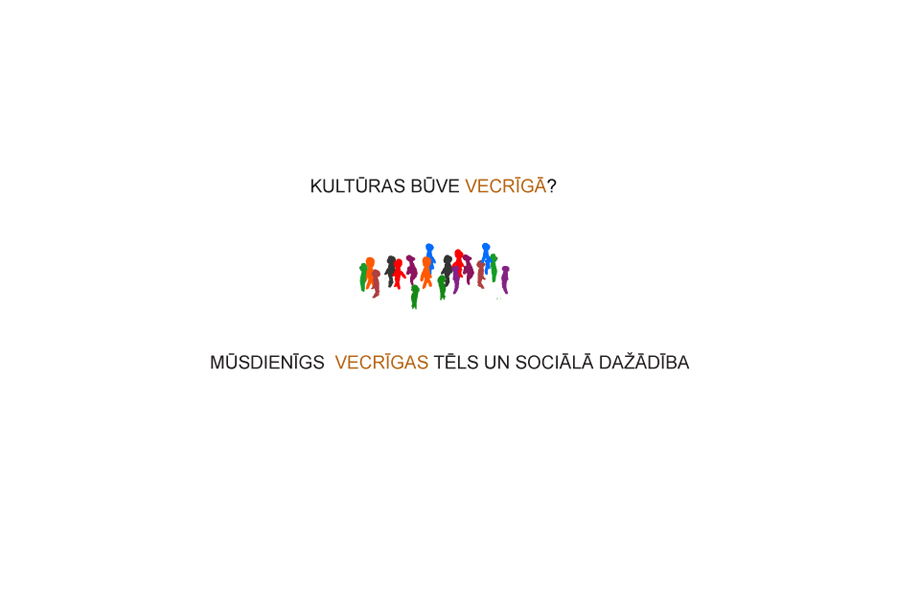

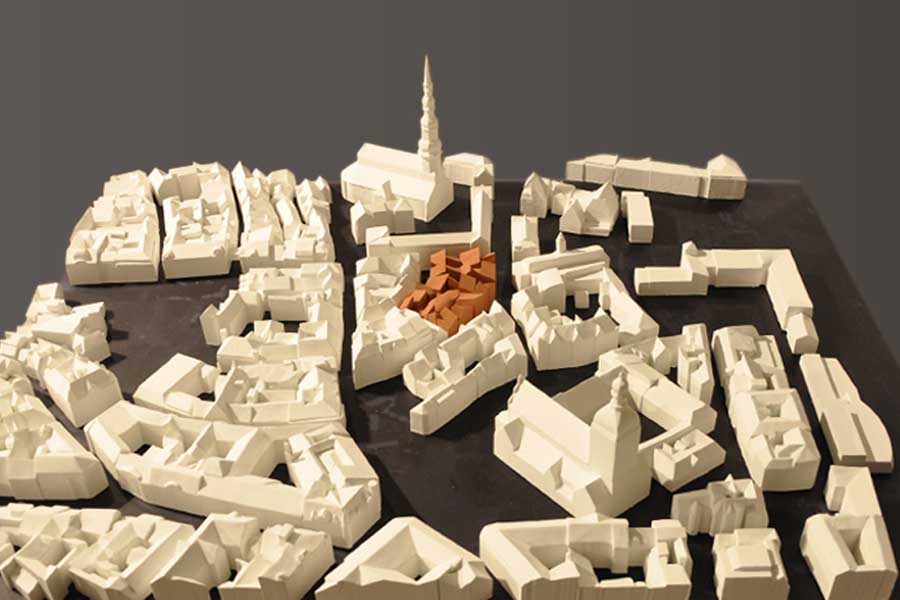
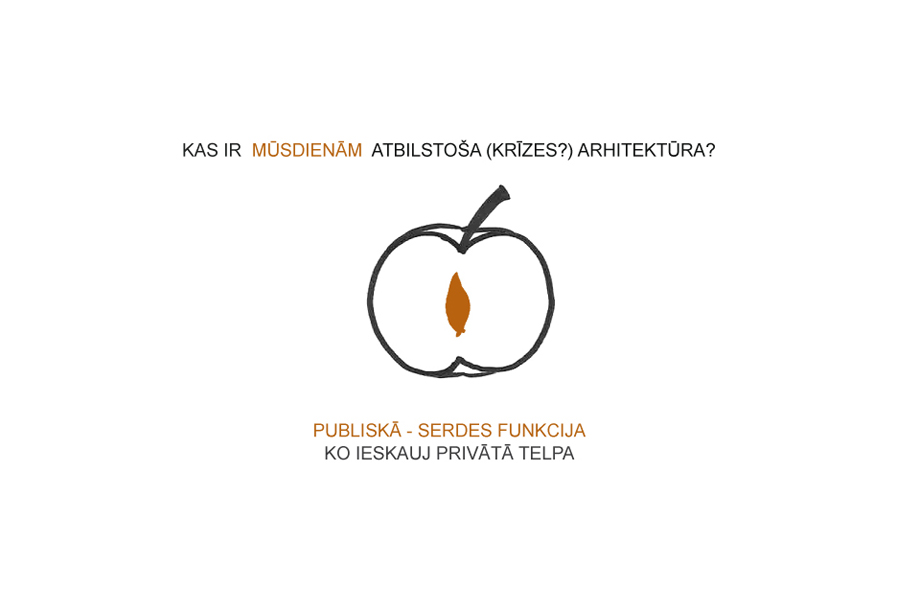
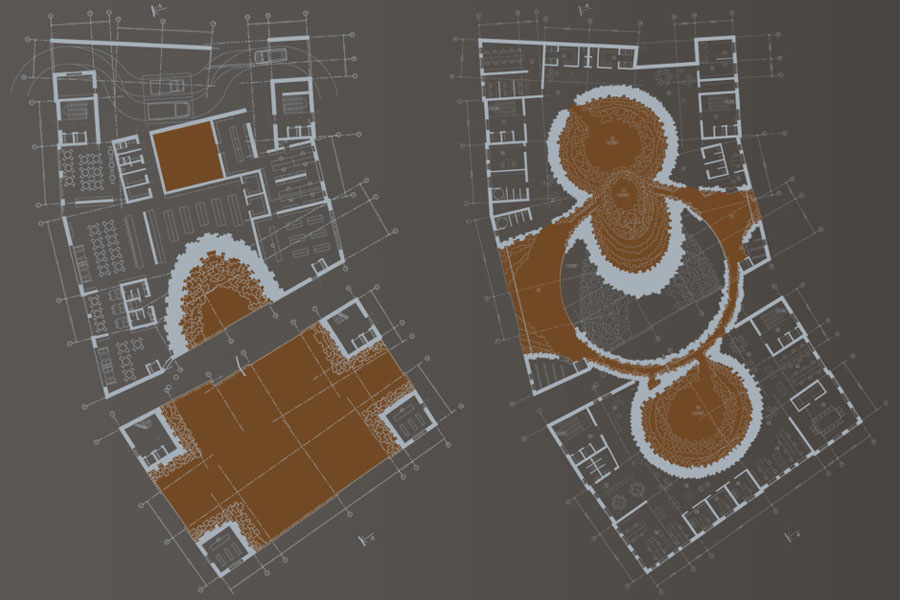
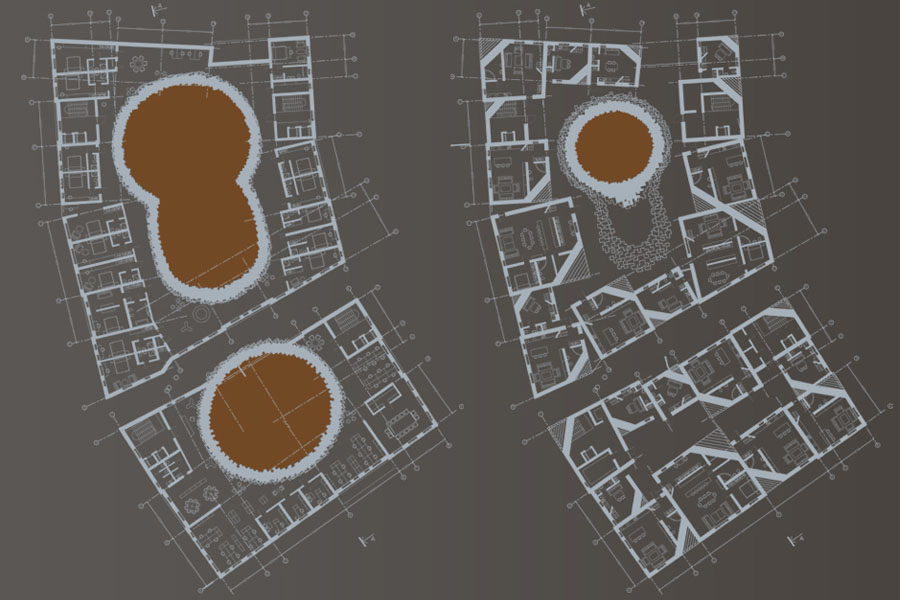
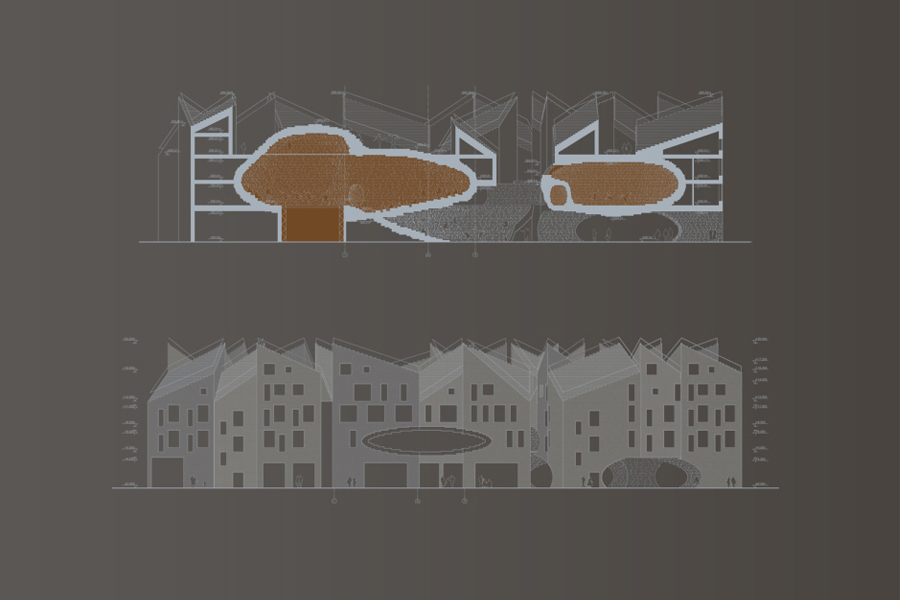
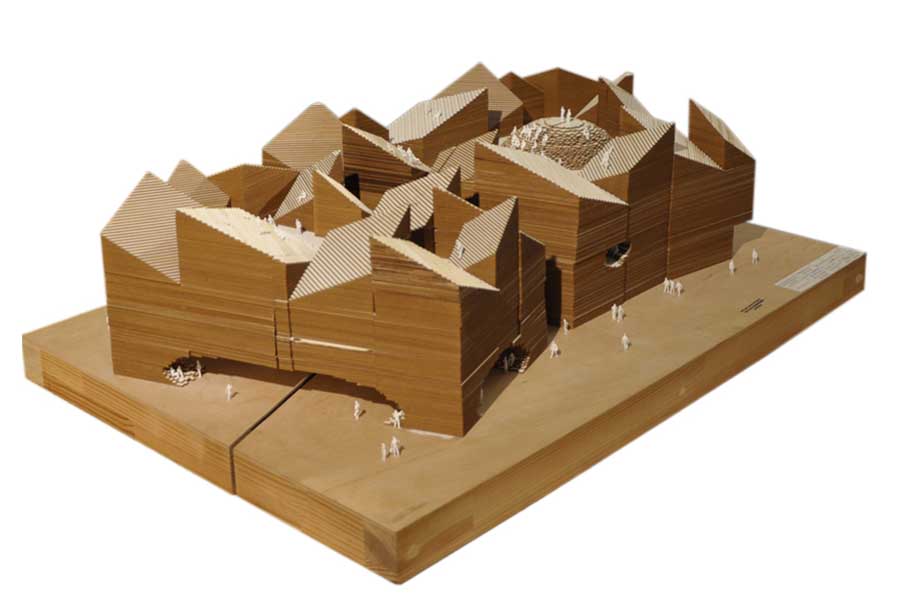
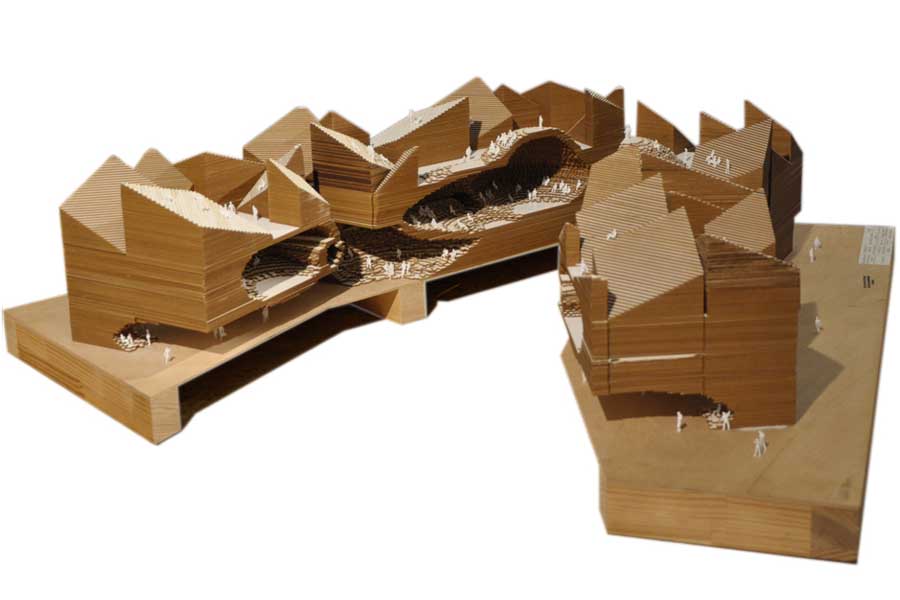
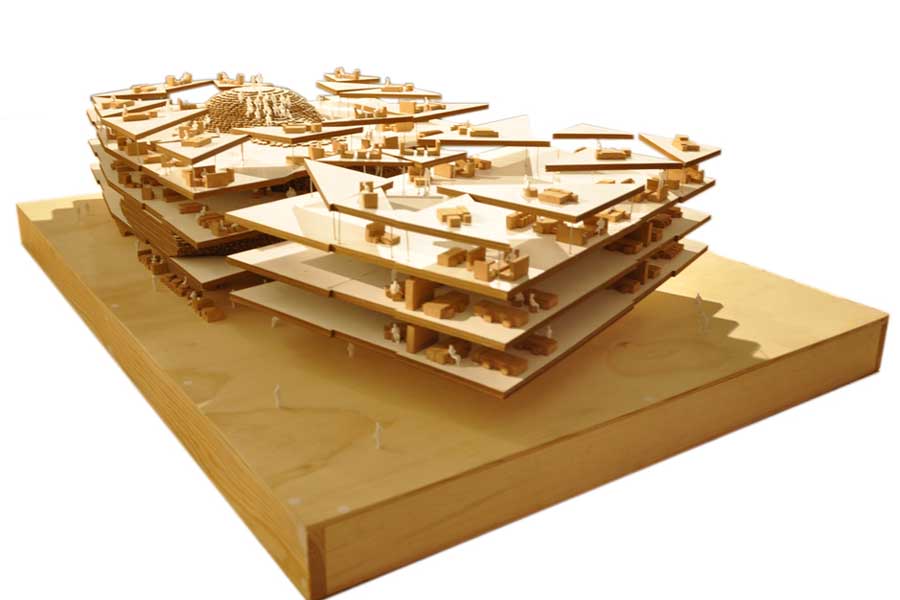
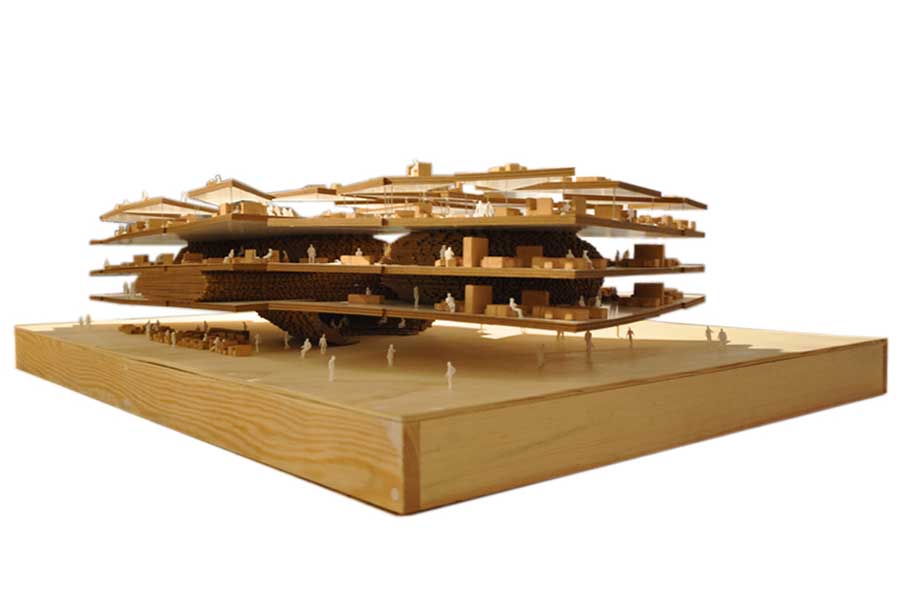
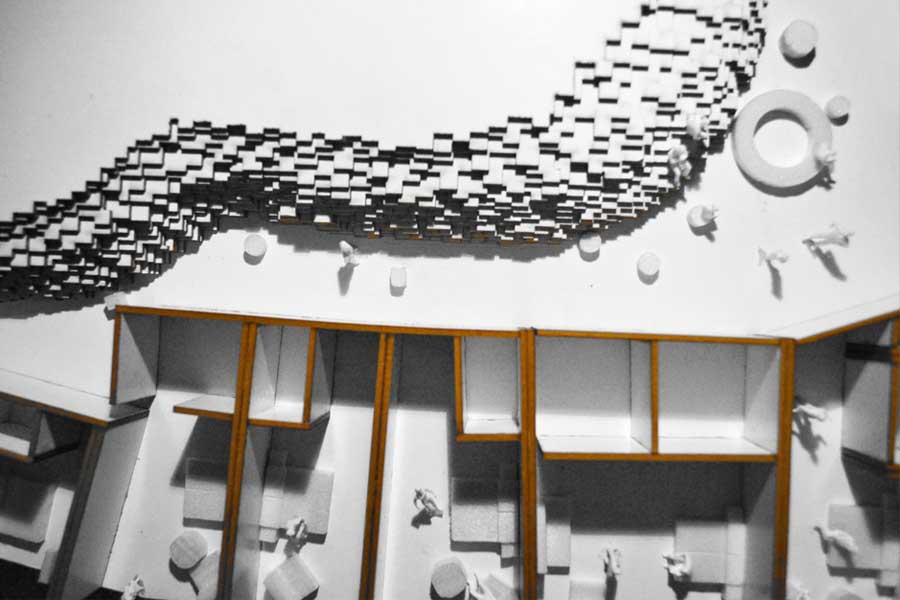
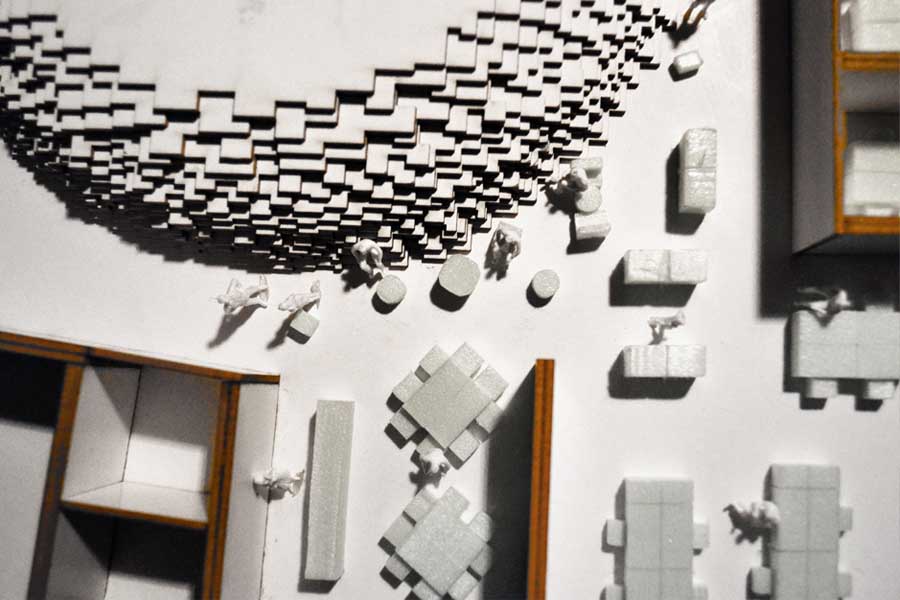
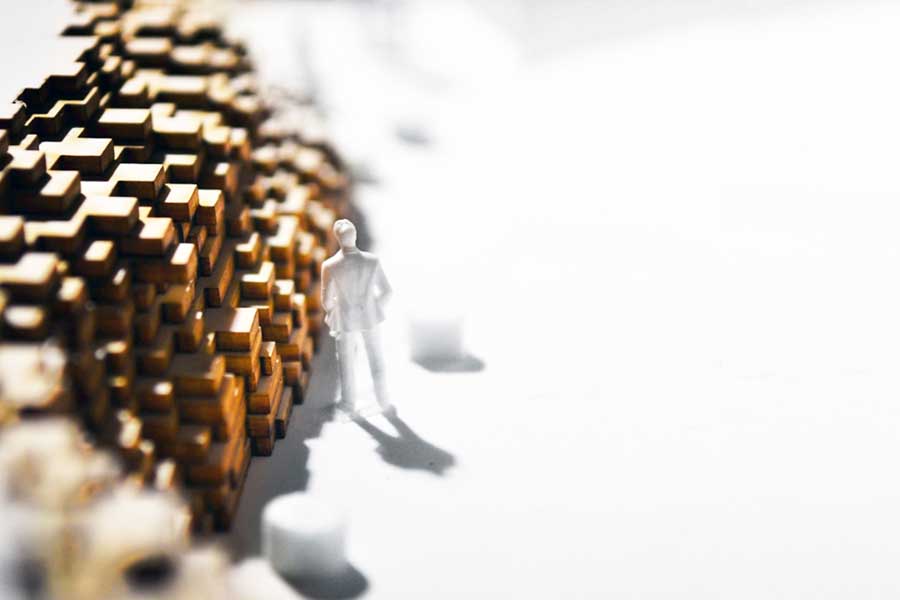
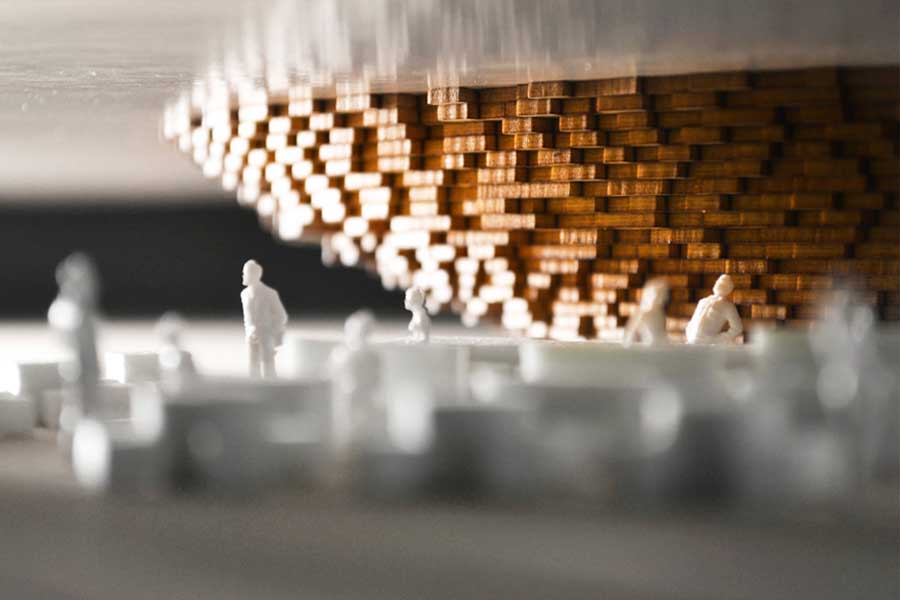
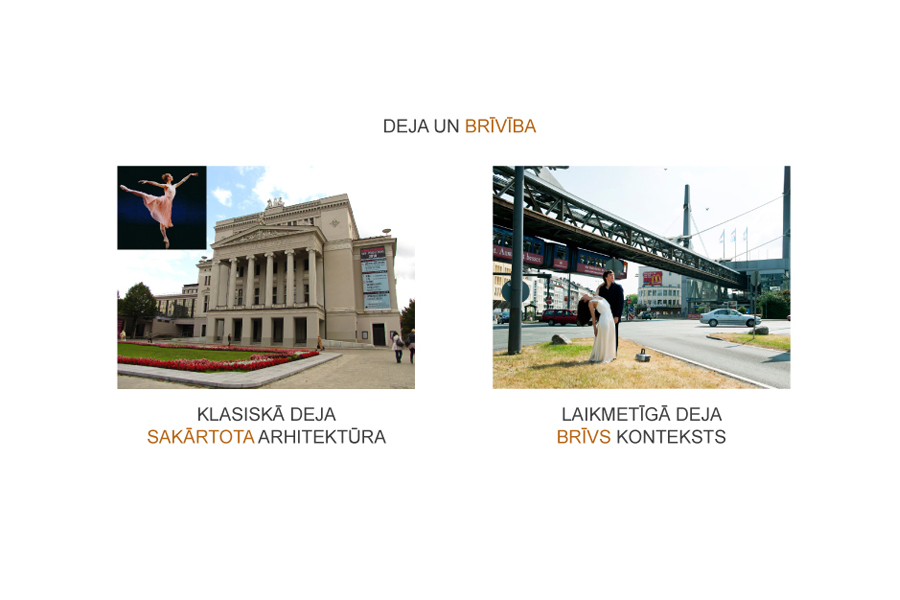
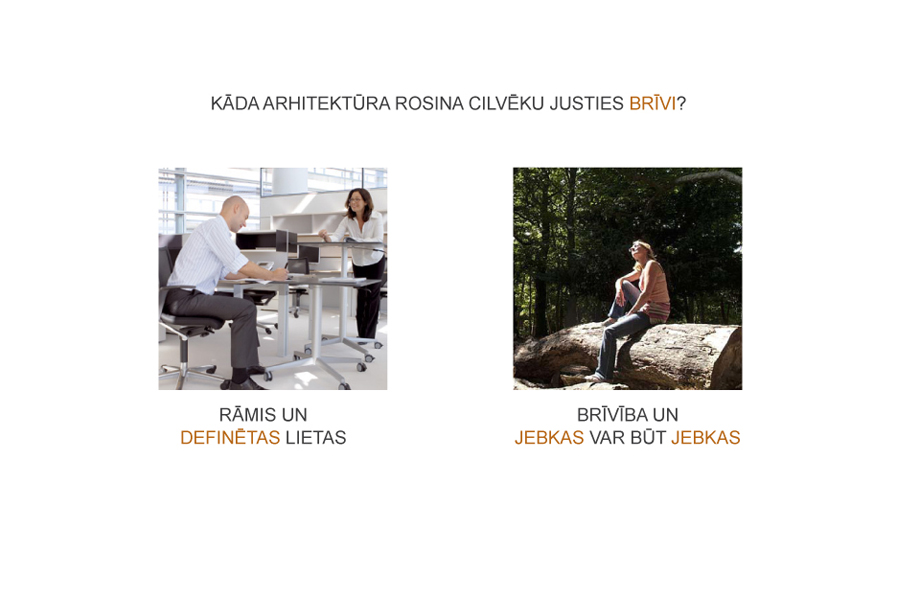
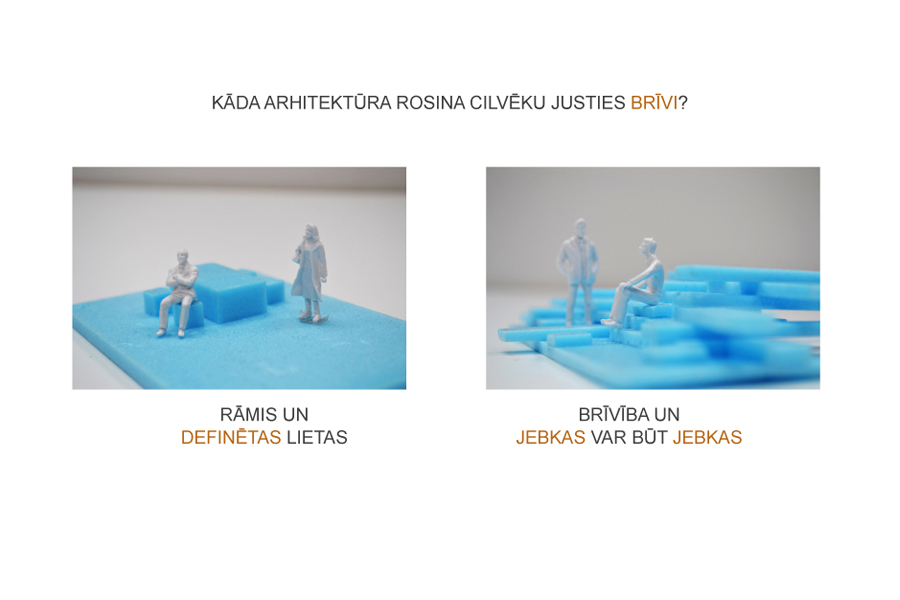
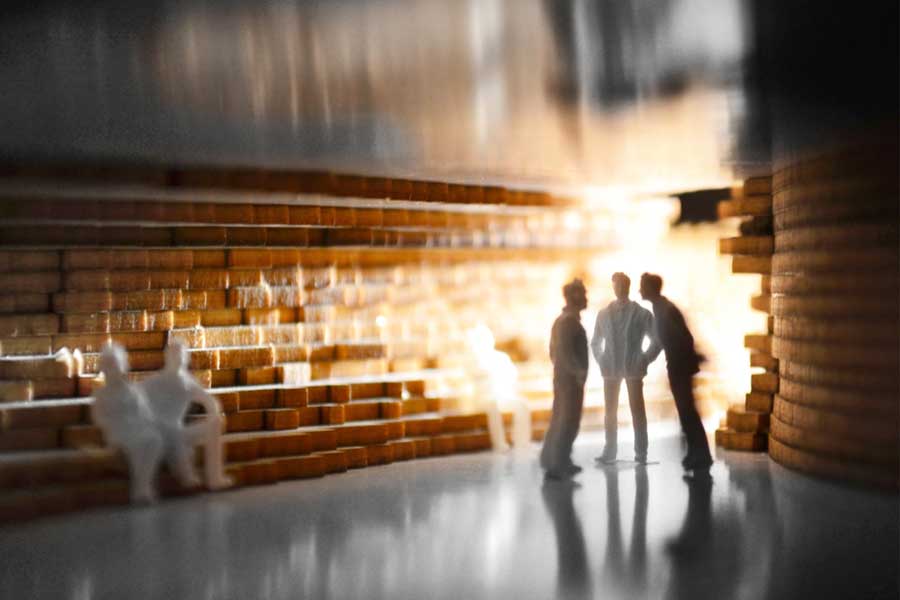
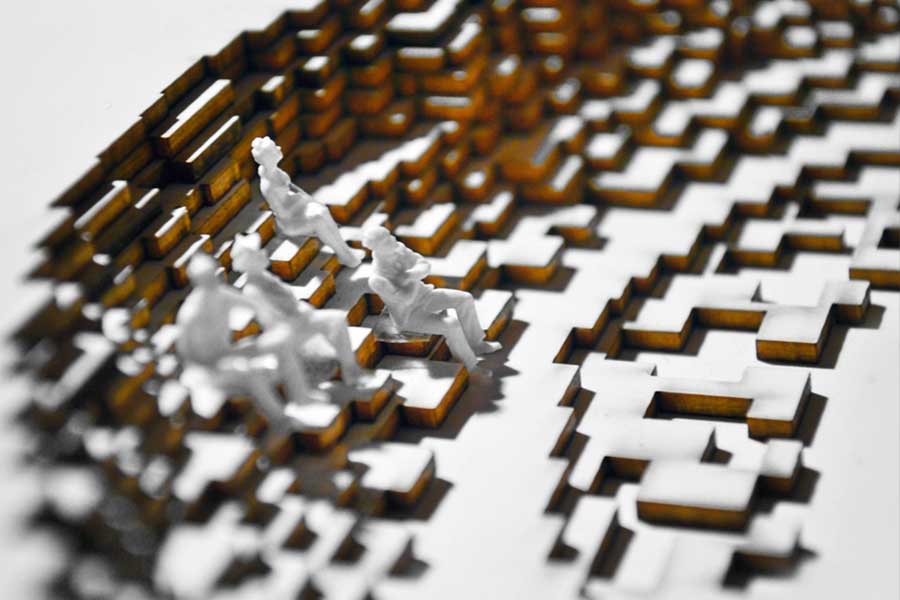
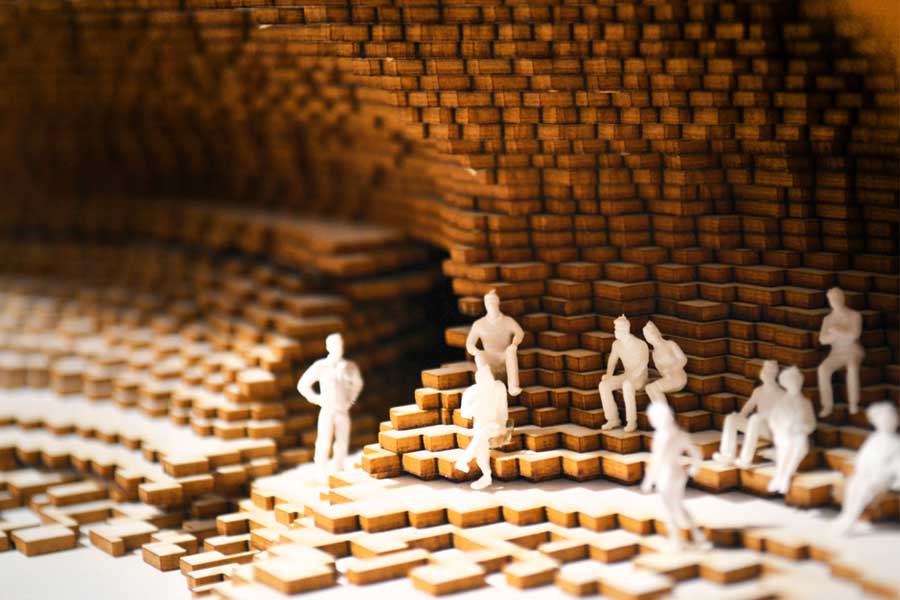
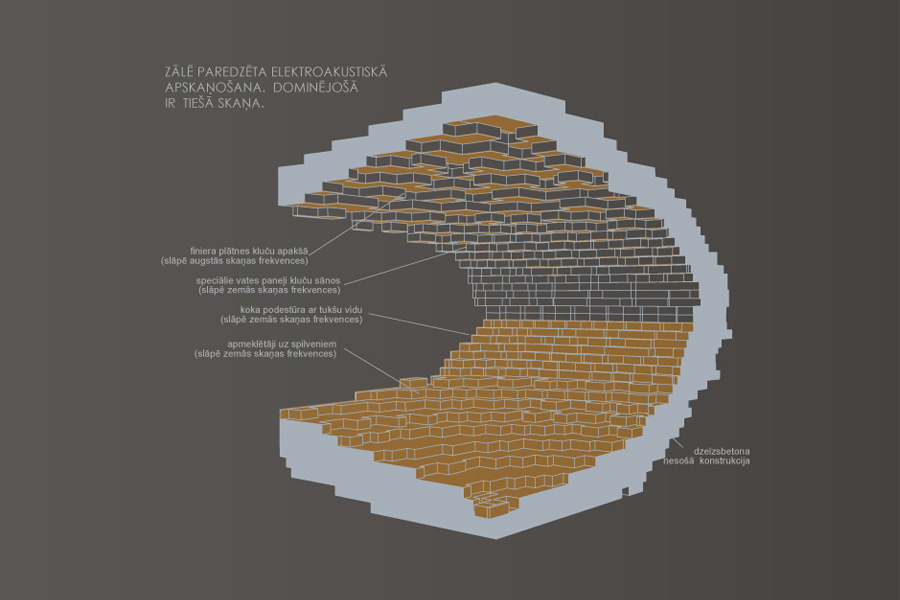
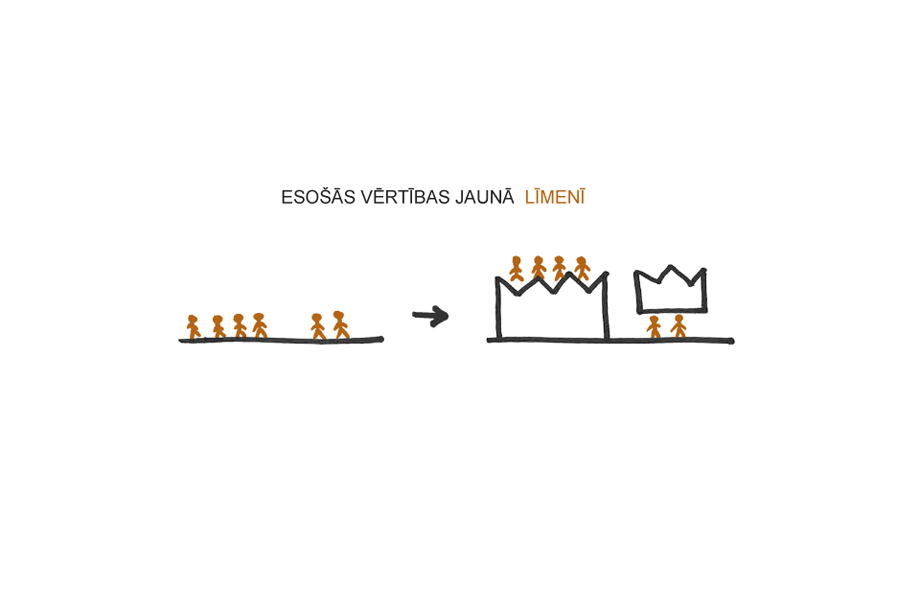
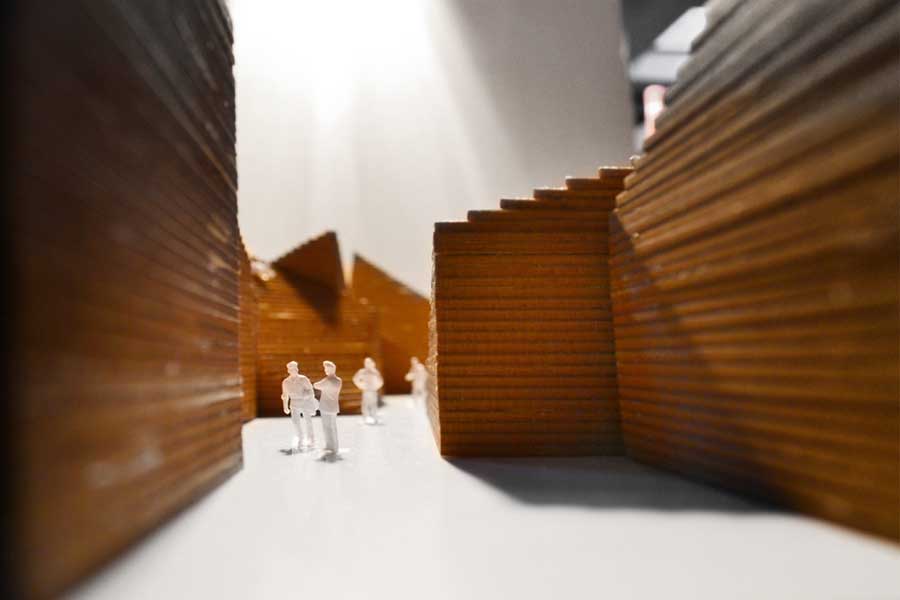
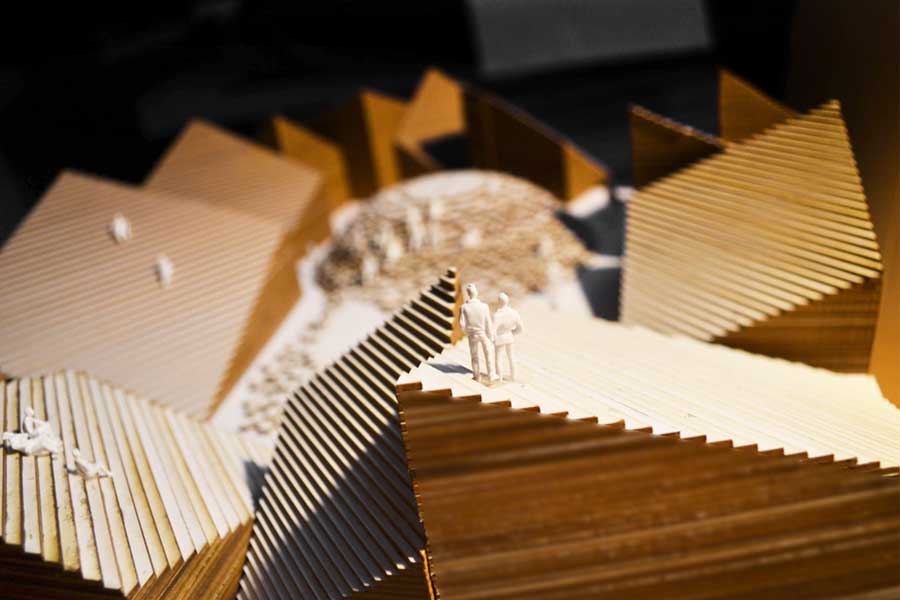
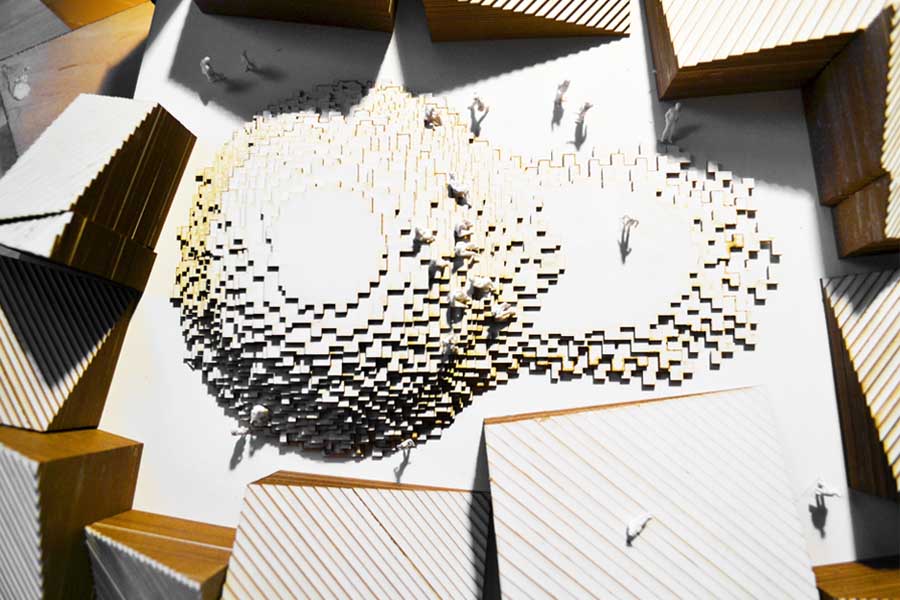
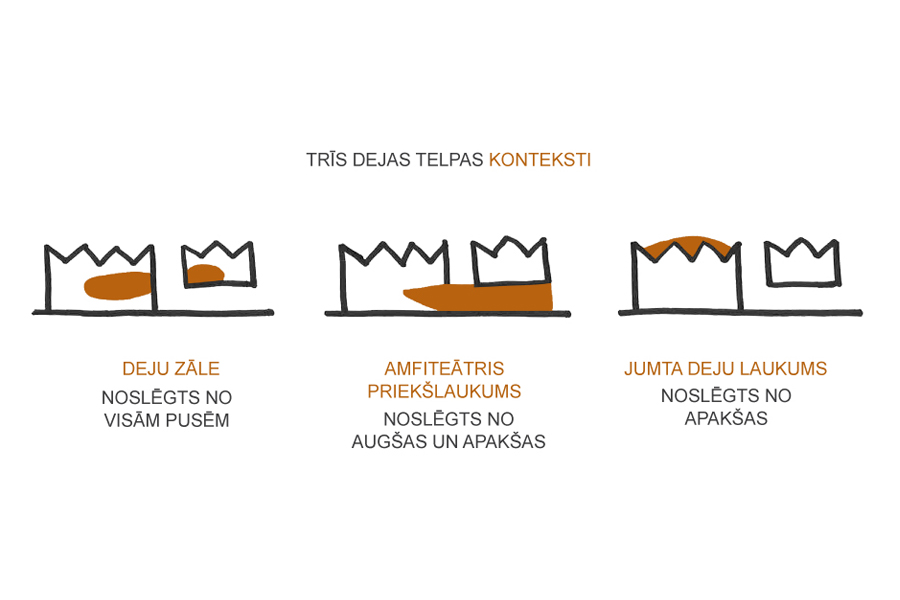
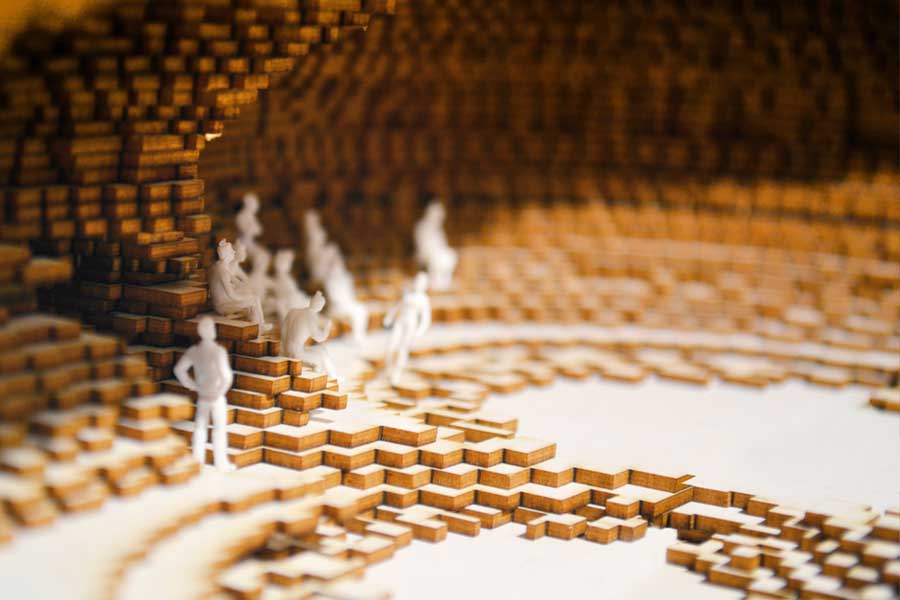
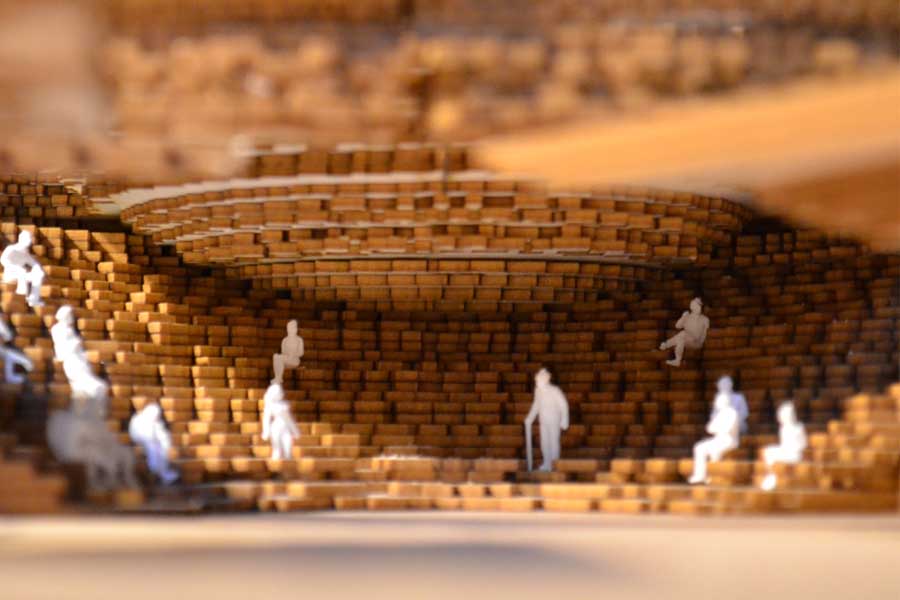
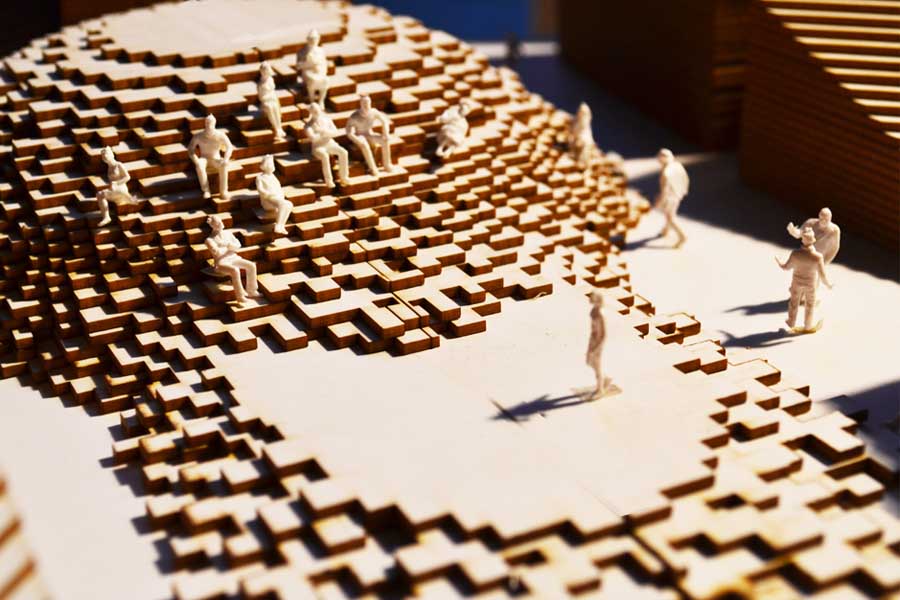
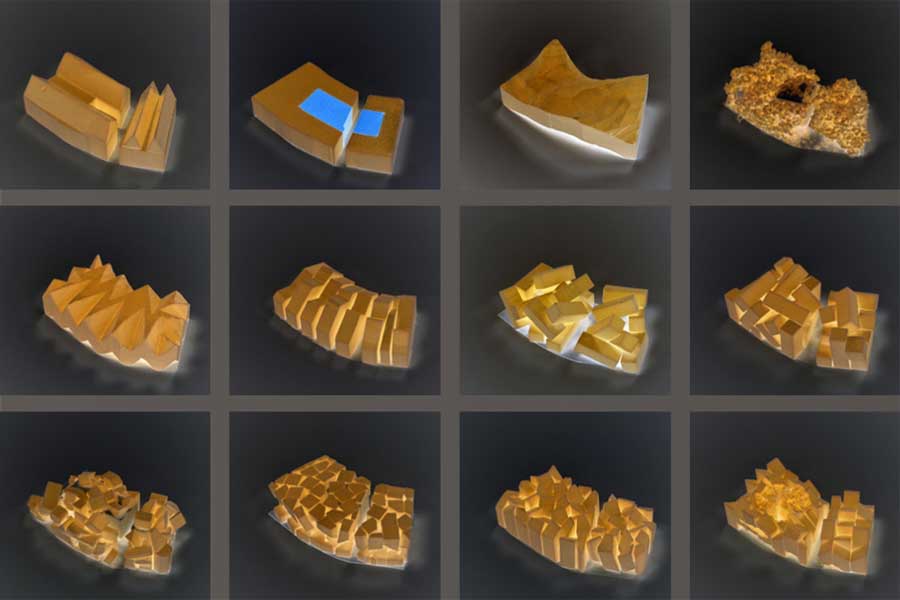
New Building Typology - PPPA
Different times have different architecture of culture buildings.
What kind of (crisis?) architecture belongs to a nowadays?
Does the fact that Latvian government must firstly think about essential needs of country, and culture is not essential need, means that we have to forget about new culture buildings for the moment?
Doesn’t changing economical situation of a nowadays mean that the principles and traditions of architecture creation should change as well?
If comparatively living private and state - public sector would collaborate, then society could get public buildings with a minimal impact on money of taxpayers and private sector could get extra guaranties for the success of their projects.
It is common that around public buildings appear various private commercial buildings whose success depends from success of public ones. They are hotels close to train stations, restaurants next to theatres, office buildings at successful infrastructural objects. What would happen if these spontaneous uncontrolled processes we would deliberately guide to one common entity creating a completely new building typology – Public Private Partnership Architecture (PPPA)?
The project is designed basing on new PPPA typology principles. The core of the building is public function – dance theatre that is surrounded with private shell – hotel, offices, shops, restaurant etc. The building is working as a machine where both functions – private and public – is feeding each from another and are mutually beneficial even impossible each without another. It is symbiosis of public and private space.
People who are coming to the theatre can use private restaurant on the ground floor; the hotel enclosing theater from all sides gets extra clients - guess artists; offices can use rehearsal hall for big conferences etc.
The dance theatre in centre of the building is enclosed from all sides with private functions, as a result its building mass is partially built and maintained by private resources.
Contemporary Dance and Freedom
Contemporary dance is very free. Its architecture should create the feeling of freedom as well. What kind of architecture makes people feel free? People feel most free when they are in nature where they can be themselves and do not need to follow laws and norms made up by society.
Architecture around us is creating a frame - walls, floor, ceiling. A man comes with self defined things - chair, table, bed and lives in the frame. There is no frame and defined things in the nature. Fallen tree doesn’t have a definition, manual for its usage. A man can sit, sleep, eat on it.
In architecture that is based on principles of the nature everything can be everything. Space where floor melts together with walls and ceiling kills the frame. The building is broken till the scale of furniture and now things have no definition. Everything can be everything and spectators and dancers can feel free. Dance performance now has very strong context that at the same time is very uncertain and gives absolute freedom to dance director.
Existing Qualities in New Level
The image of Old Riga as we see it today has been created in period of long time and enriched with new qualities of space. Recently the site has become to one of most popular squares in Old Riga. A market of souvenirs and craft, cafeterias and small stage have found their place here. The project offers to keep the existing public space by lifting part of the building one floor up from the ground. The second part of the public space is relocated to the roof of the building. New space under the building continues to work as a market and the new covered square and roof is suitable for public events. Stair-like roof allows to enjoy the famous roof panorama of old city. Covered square works also as entrance square for the dance theatre.
Author: Didzis Jaunzems






